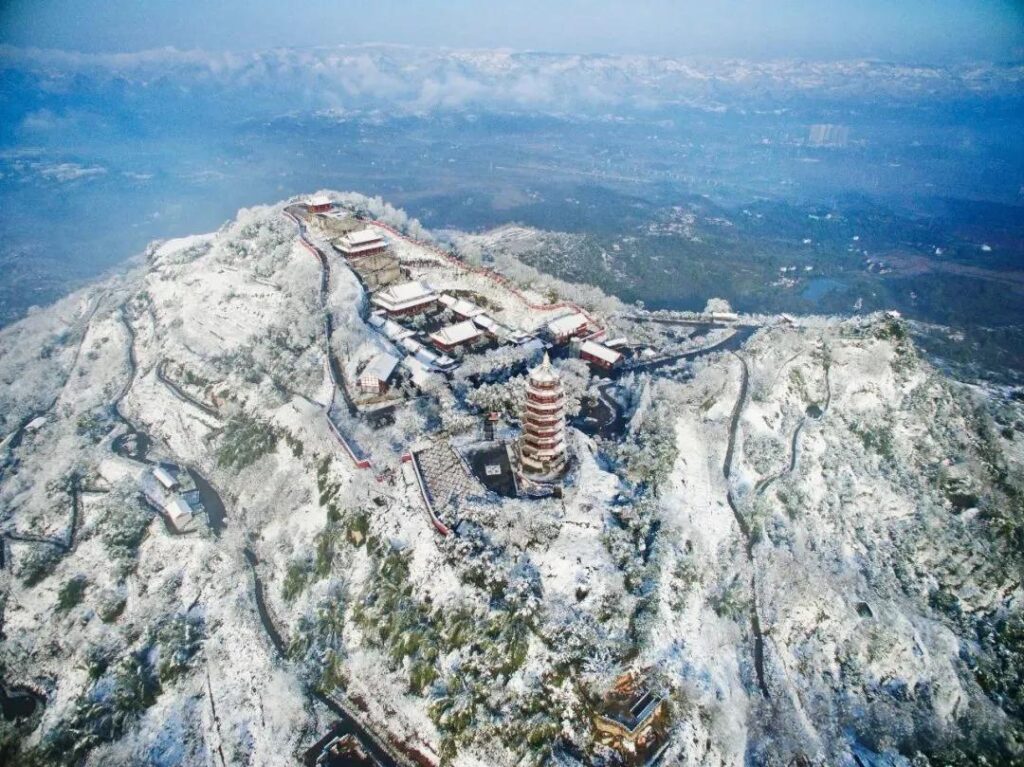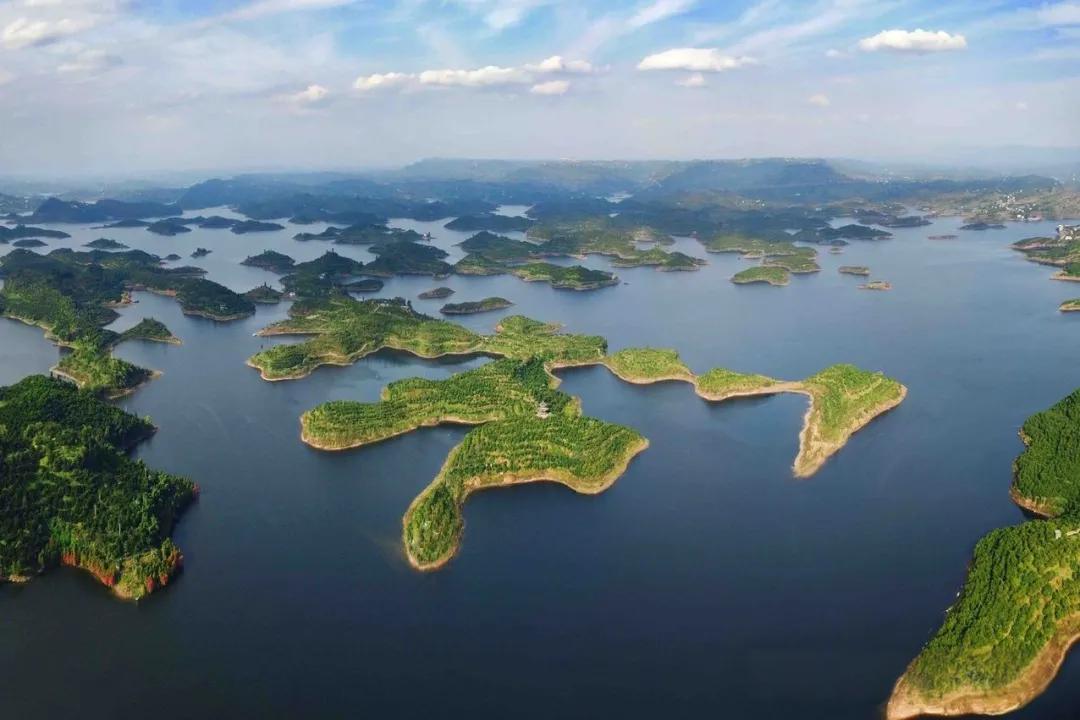As early as more than 7,000 years ago, there were indigenous peoples living in Changshou. In the Zhou Dynasty, the “Ba people” established the Ba Kingdom in the east of Sichuan, and set their capital in Chongqing. Changshou was called Zhiyi of the Ba Kingdom. In the 11th year of the reign of King Huiwen of Qin, Ba was destroyed and Badu County was established. Zhi County was set up in Zhidi (now Zhili Township, east of Fuling City). Today, Changshou belongs to Zhi County. In the Shu Han Bajun Yizhou, the capital was Jiangzhou County. The first emperor Liu Bei established Chang’an County (belonging to Zhi County) near the present Changshou City. In the third year of Wucheng in the Northern Zhou Dynasty, Zhi County was abolished and its land was merged with Ba County. In the second year of Wude in the Tang Dynasty, because the land was warm and the crops matured early, the people were happy, so it was named Lewen County and was under the jurisdiction of Fuzhou. At the end of the Yuan Dynasty, Ming Yuzhen and his son Ming Sheng occupied Shu for ten years and established a peasant regime. The country was named Xia and the capital was Chongqing. In September of the sixth year of Hongwu in the Ming Dynasty, Ming Yuzhen changed the name of Lewen County to Changshou County because “there is Changshou Mountain in the north of the county, and those who live under it tend to live long lives.”
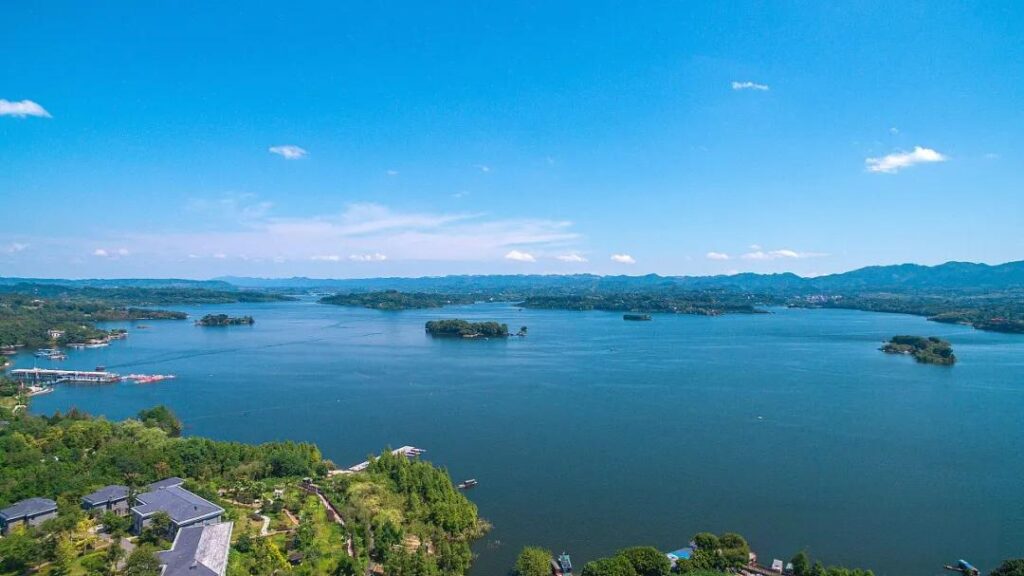
Changshou is endowed with unique tourism resources. Natural landscapes such as Changshou Lake, Dahong Lake, Bodhi Mountain, and Taohua Creek are world-famous. Historical celebrities such as Ba Guafuqing, a female businessman in the Qin Dynasty, Qiao Ding, a Neo-Confucianist in the Song Dynasty, and Li Shoumin, the founder of modern martial arts novels, have been shining for thousands of years. The longevity culture with the core concept of “longevity in literature and longevity in harmony” integrates the past and the present. In recent years, the three major 10 billion-level scenic spots of “Heaven-given Longevity Lake”, “Bodhi Longevity Mountain” and “Riverside Longevity Valley” have been built with unique charm. Changshou Lake, Changshou Bodhi Ancient Town, and Changshou Bodhi Mountain have all been rated as national 4A scenic spots and have been selected as the top ten tourist resorts in the city. Changshou has become an important destination in the half-hour tourism circle in the suburbs of Chongqing’s main city and the first stop for the Yangtze River Three Gorges Tour.
1、Changshou Ancient Town Tourist Scenic Area
Changshou Ancient Town Scenic Area is located on Taoxi Road, Changshou District, Chongqing, 78 kilometers away from the main city of Chongqing and only 5 minutes’ drive from Changshou City. Since its opening on April 28, 2012, Changshou·Bodhi Ancient Town Scenic Area has received more than 10 million tourists and successfully held numerous large, medium and small events such as the “Temple Fair Festival”, “Baiyu Cultural Festival”, “Beer Hot Pot Festival”, “Longevity Festival Thousand Old Men Banquet”, and “Grapefruit Festival”.
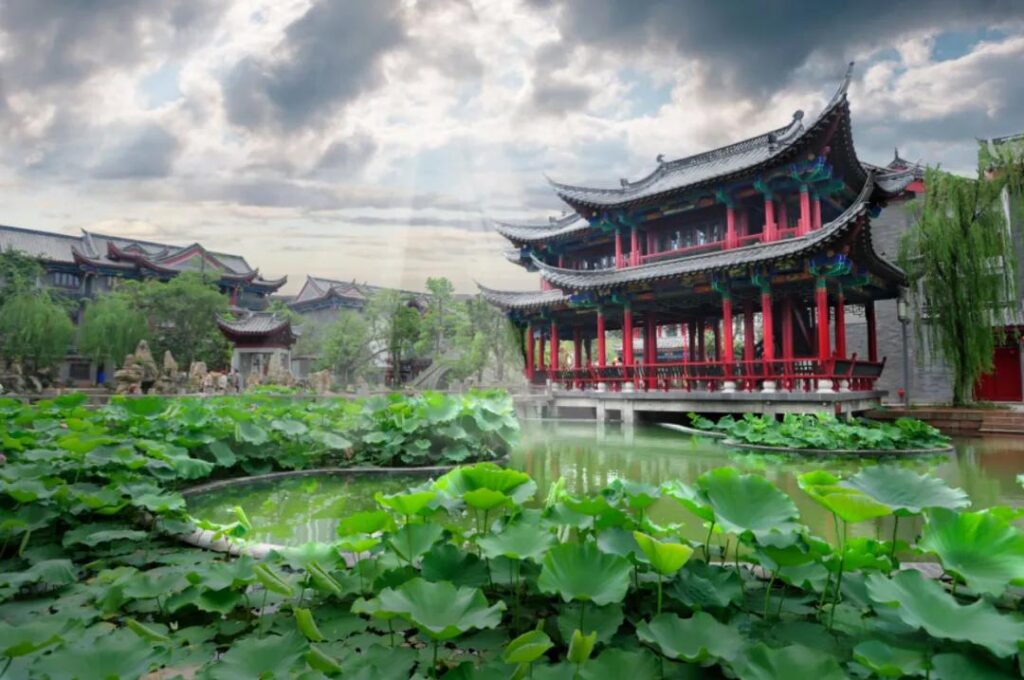
At present, the tourism activities of Changshou·Bodhi Ancient Town have formed a humanistic ancient town based on Bayu culture and longevity culture, with four major theme festivals divided into quarters. The ancient town has a big festival every quarter, a small festival every month, activities every week, and something to see every day, which attracts the favor of domestic and foreign tourists.
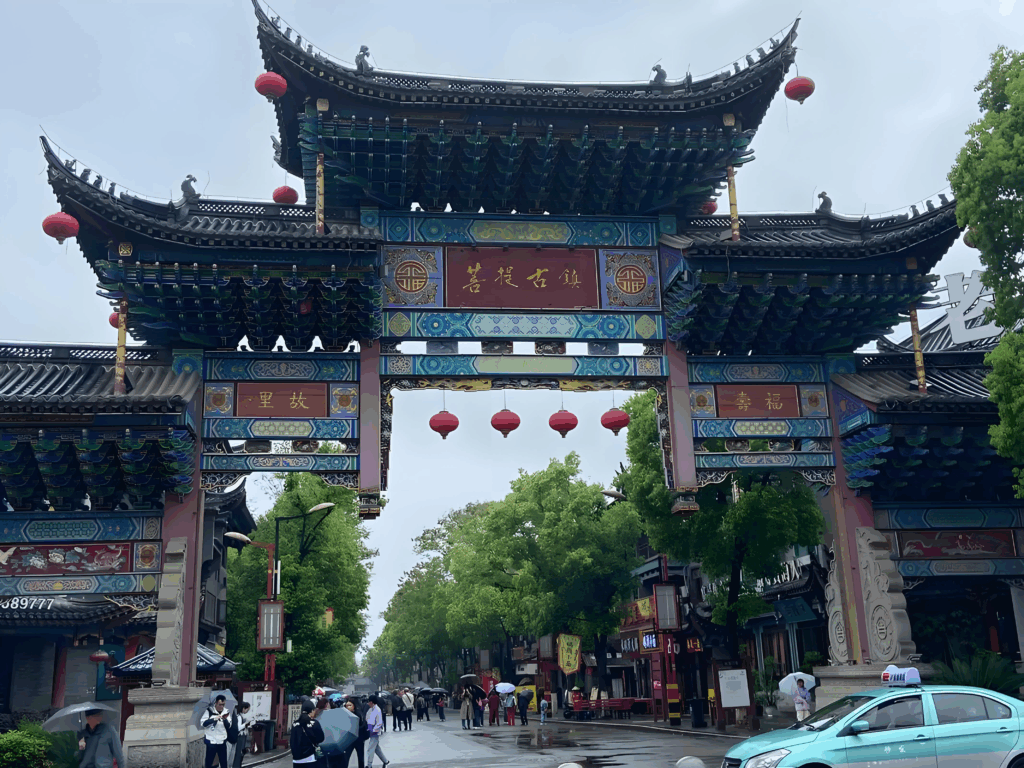
2、Changshou Lake
Changshou Lake is a famous name card of Chongqing. It is located in the 1-hour golden tourism circle of Chongqing, 58 kilometers away from the main city of Chongqing and 18 kilometers away from Changshou urban area. It is directly accessible by expressway. It was approved as a municipal scenic spot in 1992. It has been successfully established as a national 4A-level scenic spot and selected as one of the top ten tourist resorts in Chongqing. Artificial longevity lake, God-given longevity island.
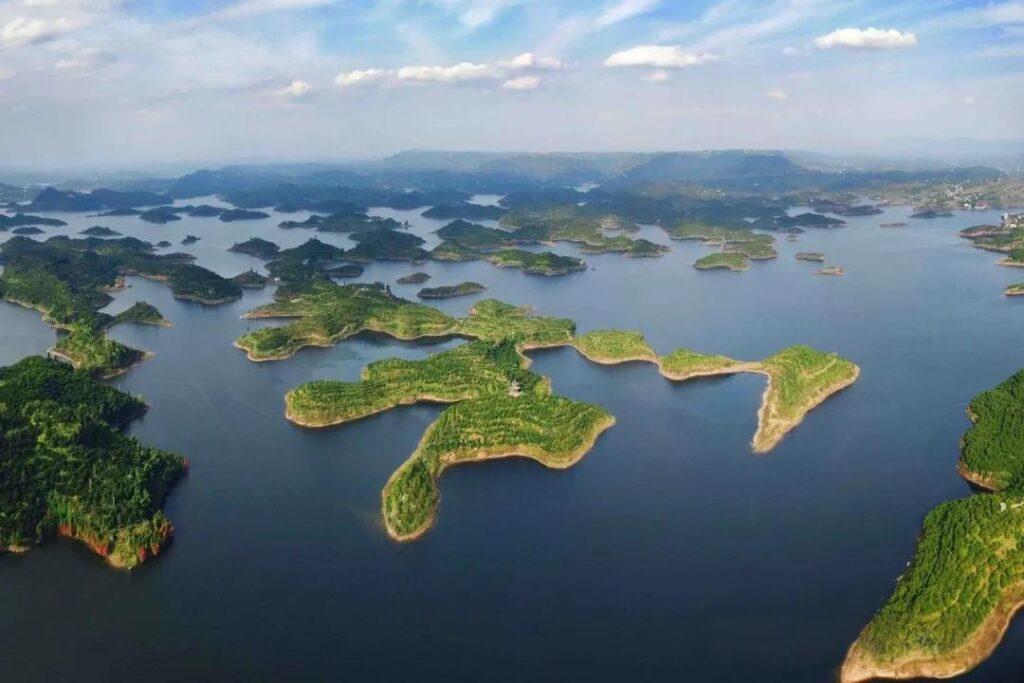
Changshou Lake is one of the 156 key projects of the Soviet Union’s aid to China during the “First Five-Year Plan” period. It was built by cutting off the Longxi River during the construction of the Shizitan Hydropower Station. It has a water area of 65 square kilometers and is the largest artificial lake in the southwest region. The scenic area is blessed with unique natural resources, with 203 islands scattered all over the place, 42 species of birds living all year round, and 10 rare fish species such as the red carp (commonly known as the shell). Special fruits such as pomelo, blood navel, and summer orange are planted around the lake and on the islands, and the flowers and fruits are fragrant all year round. The most peculiar thing is that there is a “Heavenly Longevity Island” surrounded by 19 islands in the center of the lake. Its shape resembles the word “Shou” in the Wei stele style, and it also means “longevity”, which can be called a wonder of the world.
3、Chiang Mai Garden
Chiang Mai Liangyuan is located in Bazi Village, Yuntai Town, Changshou District, at the foot of Mingyue Mountain. It has ten miles of streams, hundreds of acres of flowers, thousands of acres of fertile fields, and tens of thousands of acres of forests. It is an ecological leisure agricultural park that integrates pastoral sightseeing, farming experience, health vacation, and rural tourism. Visitors here can not only enjoy the pastoral scenery, but also enjoy flowers and fruits, and buy green rice, soybeans, rice flour, rice wine and other agricultural and sideline products. It is a beautiful place to feel nature, relax, and taste delicious food.
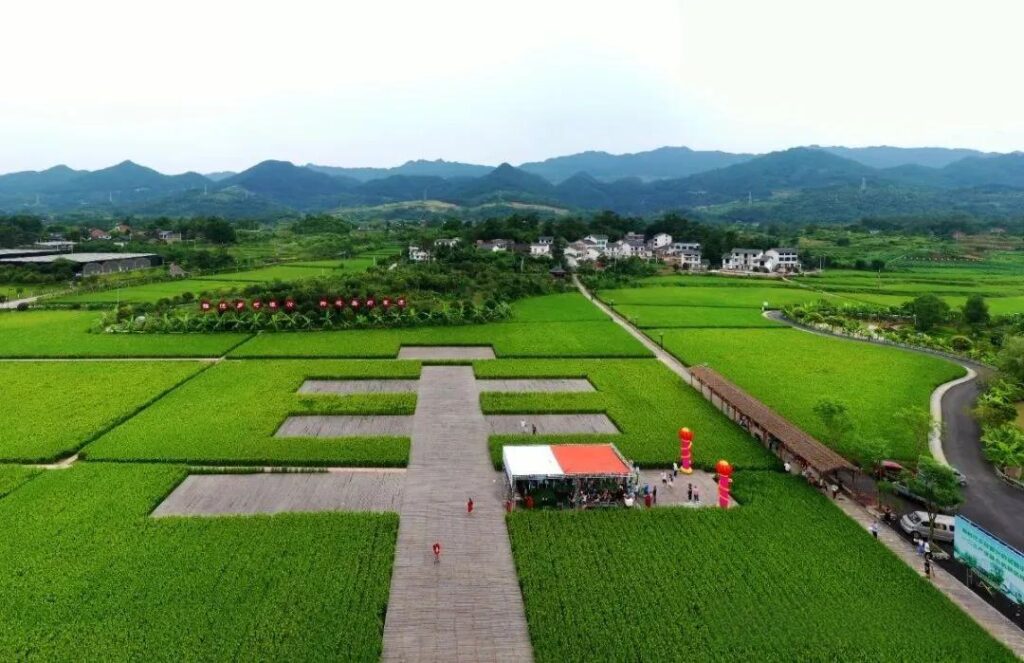
4、Hundred Miles of Flowers
Linfeng Town is located in the eastern part of Changshou, on the banks of the scenic Longxi River. It is a national demonstration base for high-quality pomelo production and is known as the “Hometown of Chinese Changshou Pomelo”.

In 2016, Linfeng Town built a rural ecological tourist park covering an area of more than 1,200 mu, “Ten Miles of Pomelo Village and Hundred Miles of Flower Sea”, and planted rapeseed, red sorghum, sunflowers and other flower landscapes with both economic and ornamental value, providing tourists with a unique and natural ecological beauty, which is loved by tourists. In 2019, Hemei Chuangjing Company was introduced to create the “Linfeng Hometown Season” project, planting rapeseed, verbena, chrysanthemum and other flowers in different seasons to create a sea of flowers in all seasons.
5、Three inverted bends
Sandaoguai is the best-preserved ancient street block from the Ming and Qing dynasties along the entire Yangtze River. Due to the steep and rugged terrain, the street is forced to spiral along the mountain, with three sharp turns, like a huge cursive “Z” character. In Changshou dialect, turning is called “daoguai”, so this street is vividly called “Sandaoguai”. The entire street of Sandaoguai is paved with bluestone, about ten feet wide, sometimes steep, sometimes gentle, and stretching forward in twists and turns, revealing hundreds of years of vicissitudes.
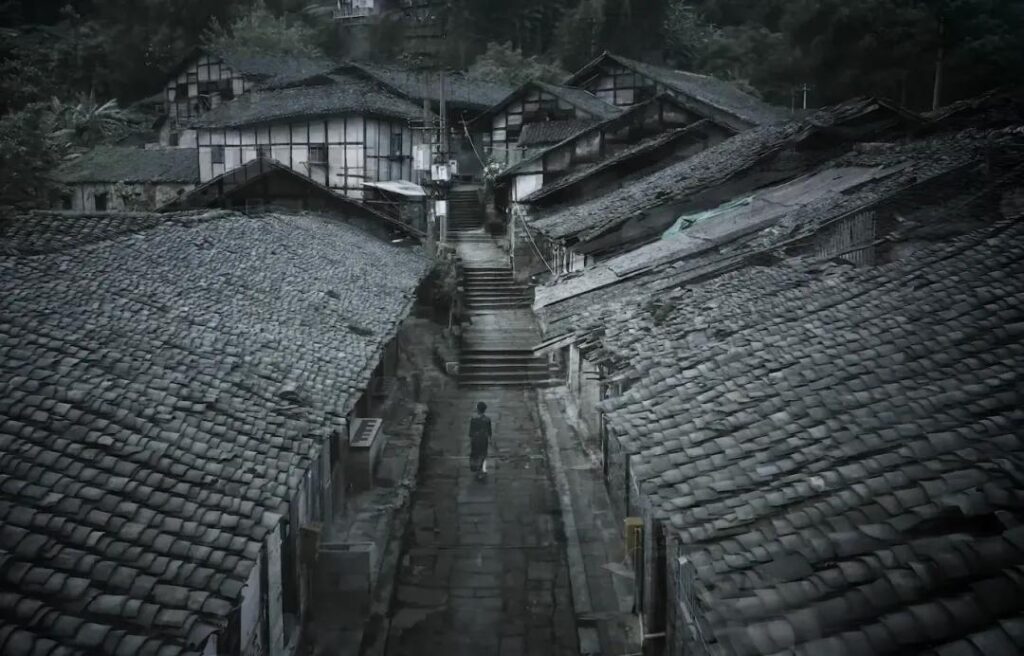
6、Huangcao Mountain
Huangcao Mountain is located at the junction of Changshou and Fuling. With a forest coverage rate of 80%, Huangcao Mountain has become a natural oxygen bar. Large areas of nanmu forests and towering ancient trees in the mountains cover the stacked mountains densely, dyeing the mountain colors layer by layer. There is also a mountain pearl in the mountain – Dingmu Lake, known as the “Little Jiuzhai”, and famous for its clear green water. Visitors can fish by the lake, camp on the grassland, and live in the surrounding farmhouses to enjoy the lake and mountain scenery. Huangcao Mountain is rich in Cuiguan pears. When it blooms and matures, it attracts many tourists to enjoy the flowers and pick them.

7、Yungui Mountain
Yungui Mountain is 1,038 meters above sea level. The whole mountain is covered by virgin forests. It looks like a fairyland in the sea of clouds. The most beautiful thing about Yungui Mountain is the vast wild cherry blossoms, so the best time to visit is in spring. These cherry blossoms grow along the mountain, some large and some small, standing upright on both sides of the mountain road. Some even break through the rocks and grow wildly. There are also thousands of acres of golden nanmu trees, stone forests of various shapes, gliding, rock climbing and other entertainment activities in the scenic area, which are guaranteed to satisfy your craving!
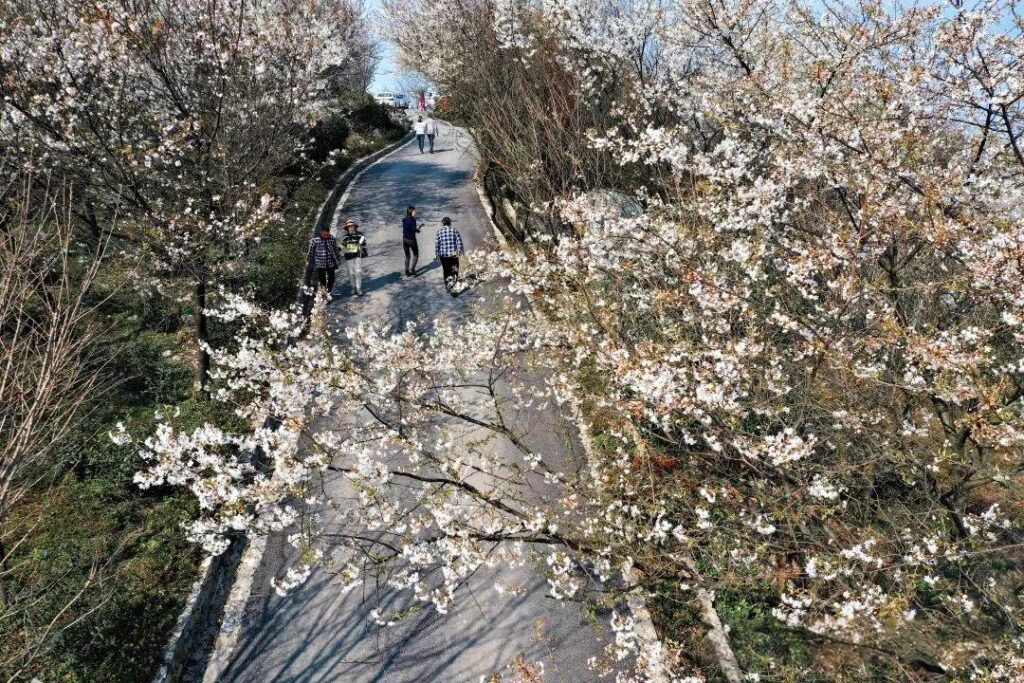
8、Dinghui Temple
Dinghui Temple, also known as Dinghui Zen Temple, is located on Qinglongzui, the highest point of Qinglongling on the Yangtze River in Fengcheng Street, Changshou District. It was first built during the Shaoxing period of the Southern Song Dynasty, more than a thousand years ago. According to the “Chongqing Prefecture Records. Changshou County” in the Chenghua period of the Ming Dynasty, Dinghui Temple is one mile east of the county. It was built during the Shaoxing period of the Song Dynasty and rebuilt during the Hongwu period. According to the “Changshou County Records” in the Kangxi period, Dinghui Temple is located in the east of the county. It was built in the middle of the Shaoxing period of the Song Dynasty and rebuilt in the middle of the Hongwu period of the Ming Dynasty. It was destroyed during the Jiashen Rebellion and rebuilt in the seventh year of the Kangxi period.
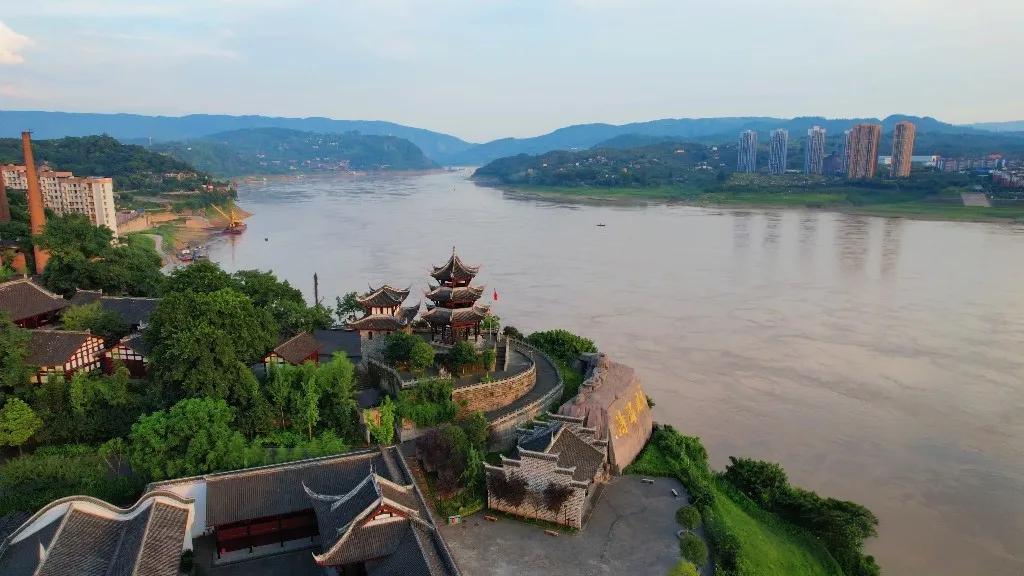
It was built because of Liu Zongyuan’s governance of “improper worship” in Liuzhou. It took 1,200 years and was rebuilt five times. It finally became a four-story hall. The “Dinghui Xiaozhong” has long been listed as one of the “Eight Longevity Scenes”. Before and after the Anti-Japanese War, it was the headquarters of the National Hydropower Engineering Office. It is known as the cradle of China’s national hydropower industry and is called “the first temple on the Yangtze River”.
9、Longevity Slow City
The Orange Country Blessed Land·Changshou Slow City is located in Longhe Town, Changshou. It is a model of rural revitalization in Changshou. It creates a beautiful modern agricultural leisure and tourism village integrating “slow food, slow living, slow travel, slow tour, slow shopping and slow entertainment”.
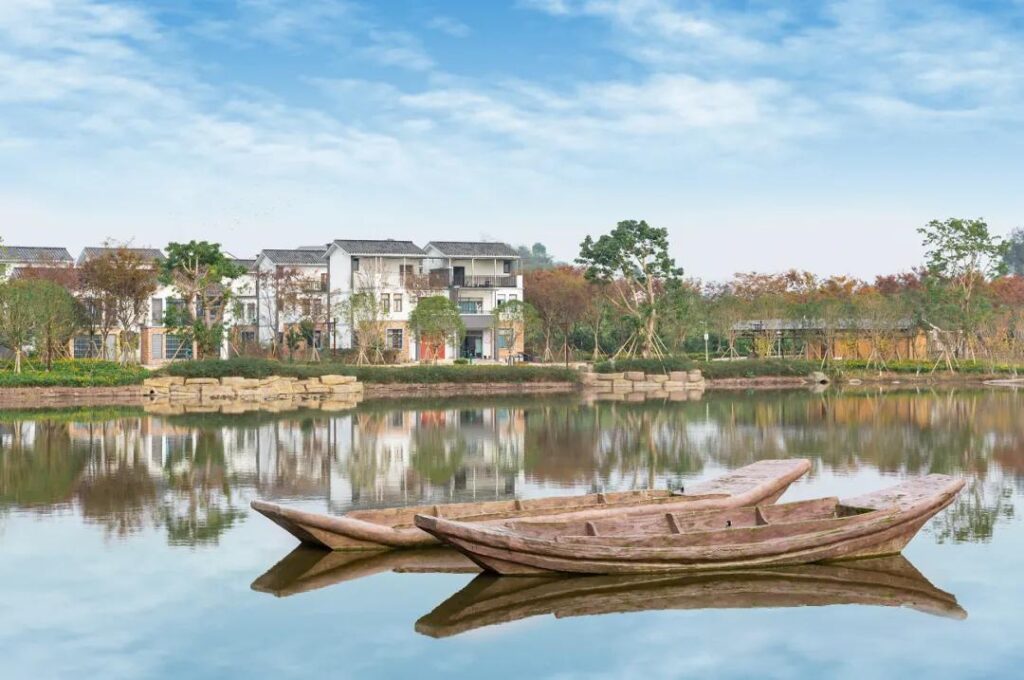
Relying on 40,000 mu of citrus groves, this place creates a unique rural slow life. Through the improvement of the living environment, a new slow life village scene with one bay and one scene is created, highlighting the traditional architectural form of Bayu folk houses. When tourists walk on the trails of the slow city, they can see the blue sky when they look up and the green trees when they turn their heads. The clear and clean river water flows quietly beside you, and the square and park in the distance complement each other. You can enjoy the convenience and comfort of small town life by strolling here. There are also special homestays, restaurants, and parent-child play experience projects here, which can make tourists slow down and enjoy life.
10、Bodhi Mountain
Bodhi Mountain is located in Bodhi Street, Changshou District, Chongqing City, in the central area of Changshou City Development Zone, 63 kilometers away from the main urban area of Chongqing by land. Bodhi Mountain winds from Wangjun Mountain in Xishan to the watershed of Ba Ke Town. After passing Ma Liu Chongyan and heading southeast for 4 kilometers, there is a mountain protruding with an altitude of 598 meters in Duzhou Town, 5 kilometers away from the county seat. This mountain is majestic and magnificent. The top of the mountain is concave, like an upside-down bowl. A village is built on the mountain, and there is a temple in the village. The well water on the village never runs dry and tastes sweet.
